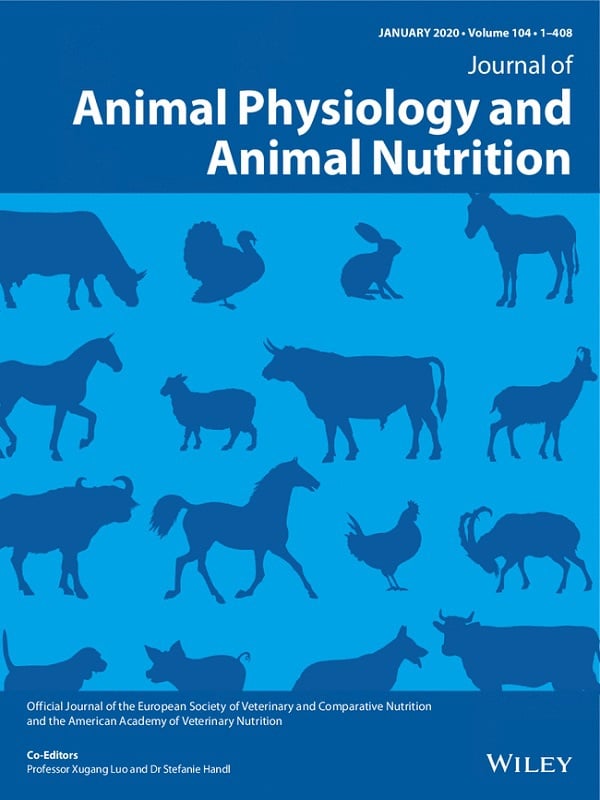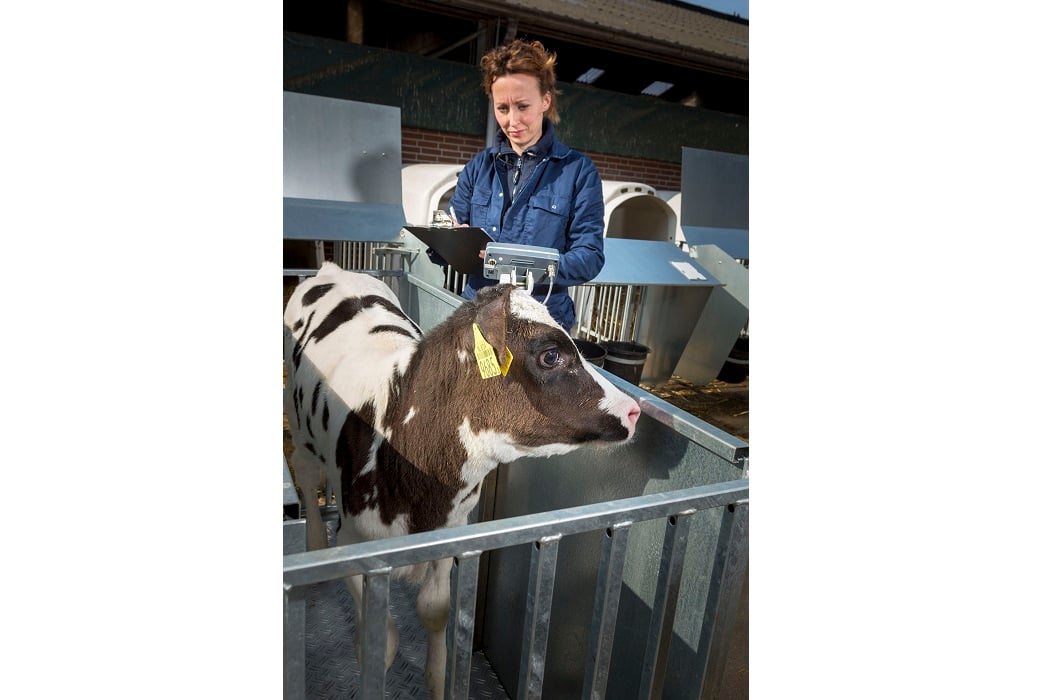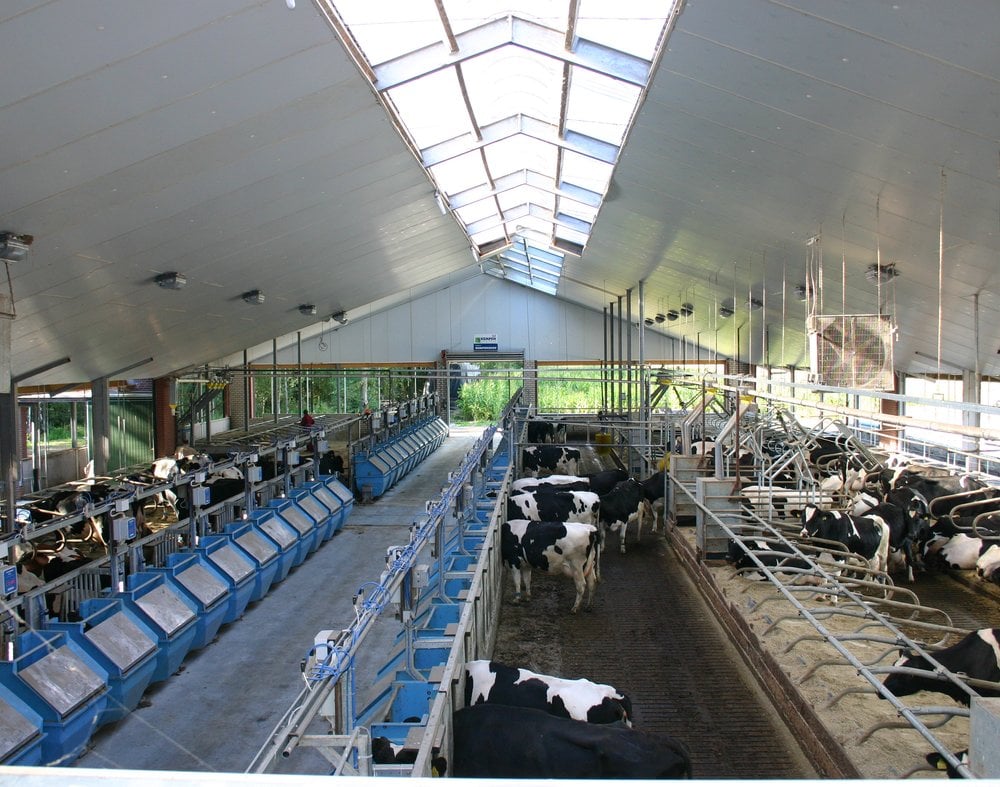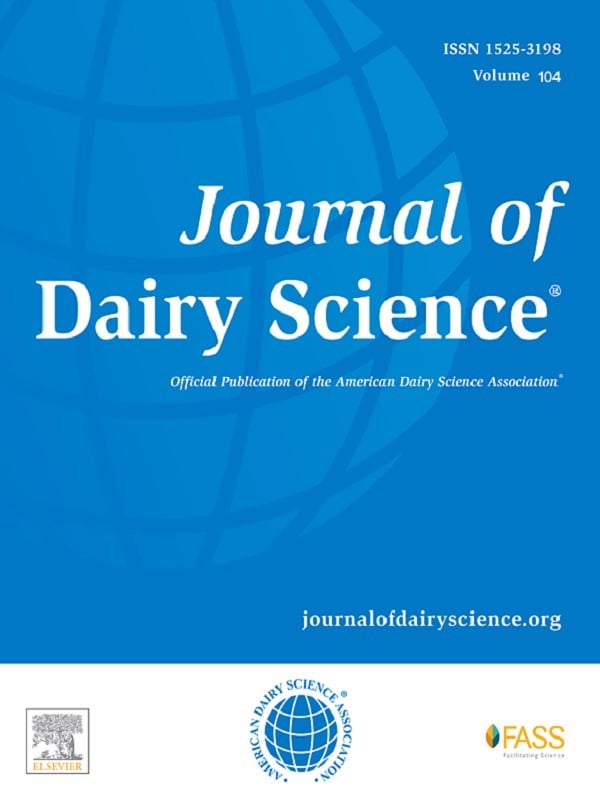
O farmě
Společnost Trouw Nutrition je již více než 25 let registrovaným partnerem rodiny Van Kempen, která vlastní farmu Kempenshof. Farma má prostor pro 135 dojnic a 75 telat a je obklopena 30 hektary pastvin a 12 hektary kukuřice. V Kempenshofu sledujeme vývoj telat od narození až do jejich poslední laktace, abychom získali důkazy na podporu naší filozofie LifeStart. Podle LifeStart věříme, že první dva až tři měsíce života telete mají zásadní vliv na produktivitu a dlouhověkost zvířete, a proto je důležité mladá zvířata na farmě pečlivě sledovat.


Vybaveno nejnovějšími technologiemi
Telata v Kempenshofu jsou ustájena v individuálních stáních a následně ve skupinovém ustájení, což umožňuje pečlivě sledovat jejich zdravotní stav a růst a v případě potřeby je odpovídajícím způsobem upravit. V hlavní stáji je místo pro 135 dojnic, které mají k dispozici objem a krmné směsi pro individuální měření příjmu krmiva. K dispozici je dojírna 6x2, která rovněž umožňuje provádět automatické bodování tělesné kondice a individuální vážení. Farma má také velkou ohradu pro telení s nepřetržitým kamerovým systémem, který nám umožňuje pečlivě sledovat průběh porodu. Metabolická jednotka je nezbytná pro výzkumné účely a hloubkové sledování metabolismu krav s cílem zlepšit zdraví a užitkovost zvířat. Jednotlivé krávy lze intenzivně studovat po delší dobu, což je pro výzkum dojnic zcela zásadní. Na místě je také malá laboratoř pro přípravu a skladování vzorků.


